The Core Differences Between 3D Foot Scanners and Plantar Pressure Distribution Systems
1. Functional Differences
3D scanners
are primarily used for precise static foot morphology measurement. They use laser or optical scanning technology to acquire three-dimensional foot geometry, including structural parameters such as foot length, width, and arch height.
This type of device has important applications in shoe customization, orthotic design, and monitoring children's foot development.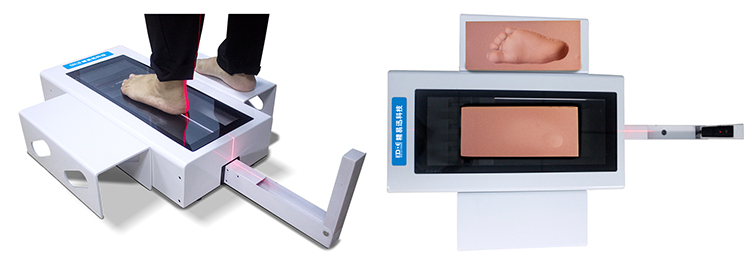
Pressure distribution systems
Focus on dynamic plantar force analysis. Using a pressure sensor array, they capture biomechanical data such as pressure distribution across the plantar surface, peak pressure points, and center of gravity movement during standing, walking, or running.
This system plays a key role in gait abnormality diagnosis, sports injury prevention, and diabetic foot risk assessment.
2. Technical Principle Differences
3D scanners
Use non-contact optical or laser scanning technology to project light and capture reflected signals to reconstruct a three-dimensional model of the foot. Their advantage lies in high-precision morphological measurement, with sub-millimeter accuracy, but they cannot directly reflect plantar force conditions.
Pressure Distribution Systems
Based on contact sensors (such as piezoelectric film or capacitive sensors), these systems record the pressure distribution between the sole of the foot and the support surface in real time. Outputs include pressure heatmaps and gait cycle analysis, visually demonstrating areas of abnormal force distribution on the sole of the foot. However, they do not provide three-dimensional morphological data of the foot.
III. Complementary Application Scenarios
Independent Application Scenarios
3D scanners are more suitable for applications requiring precise foot measurements, such as custom footwear, orthotic fabrication, or flatfoot screening.
Pressure distribution systems are more suitable for gait analysis, sports biomechanics research, and rehabilitation assessment.
Synergistic Application Value
In clinical or high-end customization settings, the two devices are often used in combination. For example, 3D scanning can be used to determine foot morphology, followed by pressure testing to analyze force distribution, enabling the design of an orthotic solution that better meets biomechanical requirements. This combination provides a comprehensive assessment of foot health, answering both the question of "what the foot looks like" and the question of "how the foot exerts force."
The two devices have different functional focuses: 3D scanners provide static morphological data, while pressure distribution systems reveal dynamic mechanical characteristics.
In actual applications, selecting a single device or a combination of solutions according to needs can more scientifically support research and practice in areas such as foot health management, rehabilitation medicine, and sports optimization.

 +86-0755-86131192
+86-0755-86131192 2025-08-05
2025-08-05 Back to list
Back to list
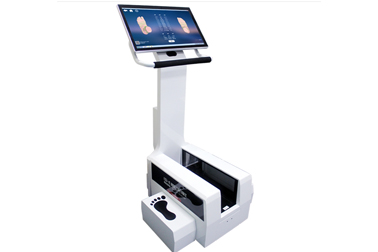
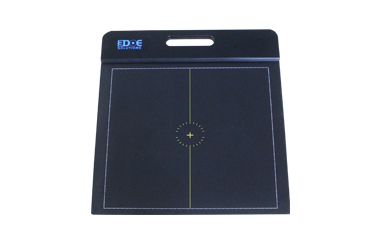
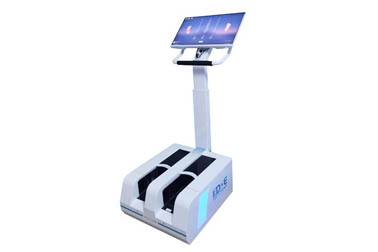
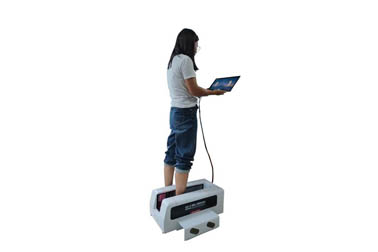



 +86-0755-86131192
+86-0755-86131192